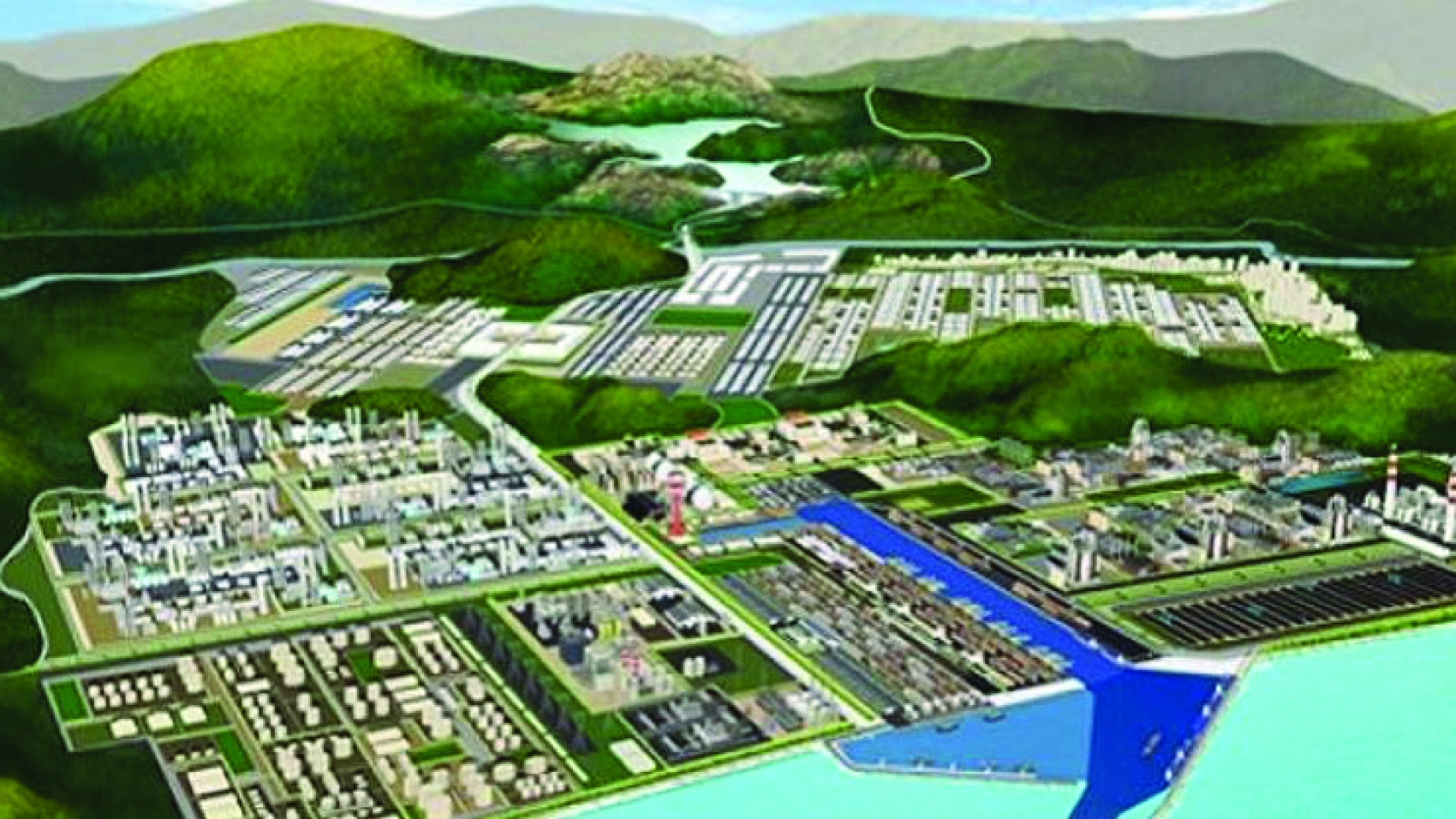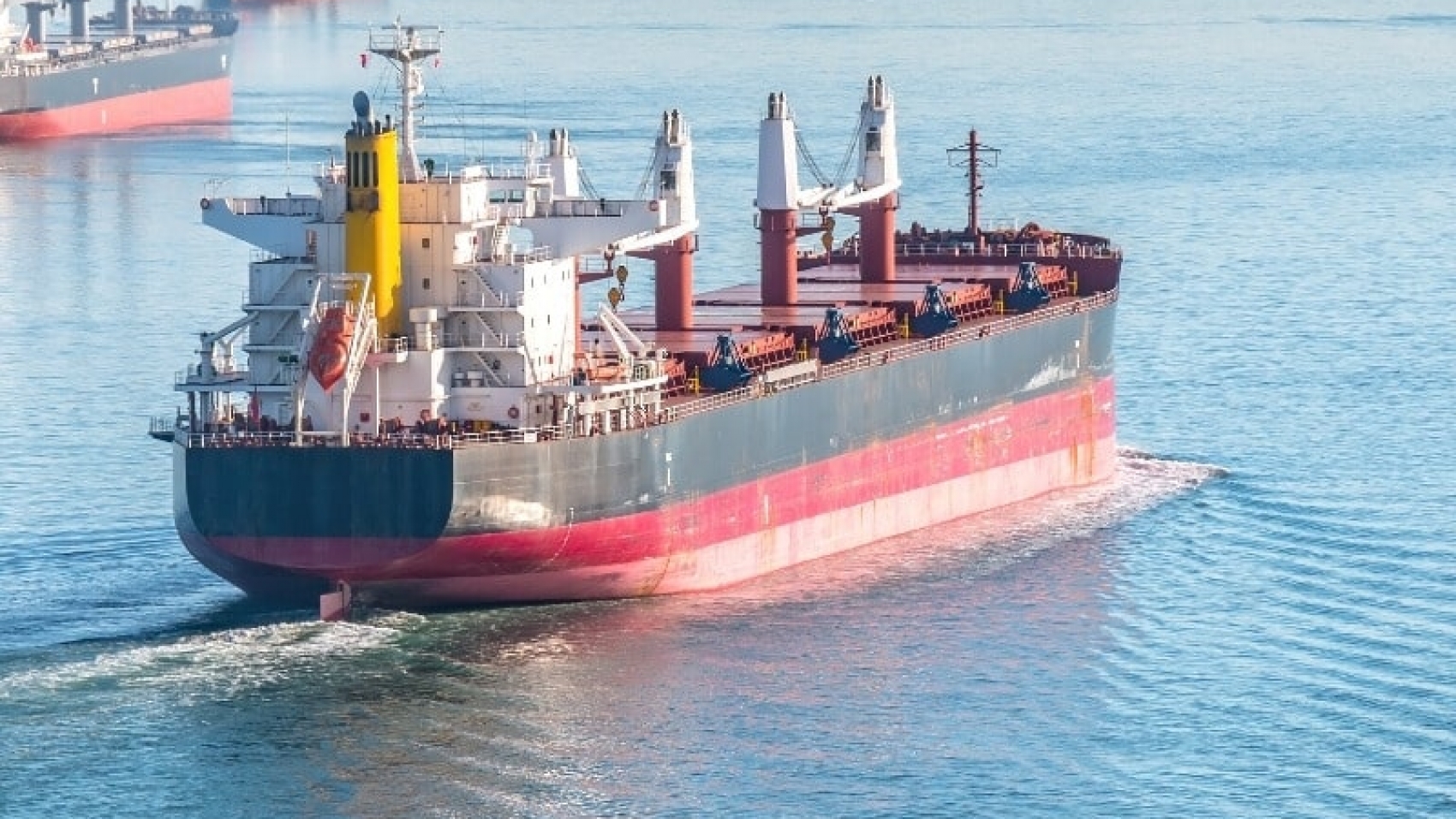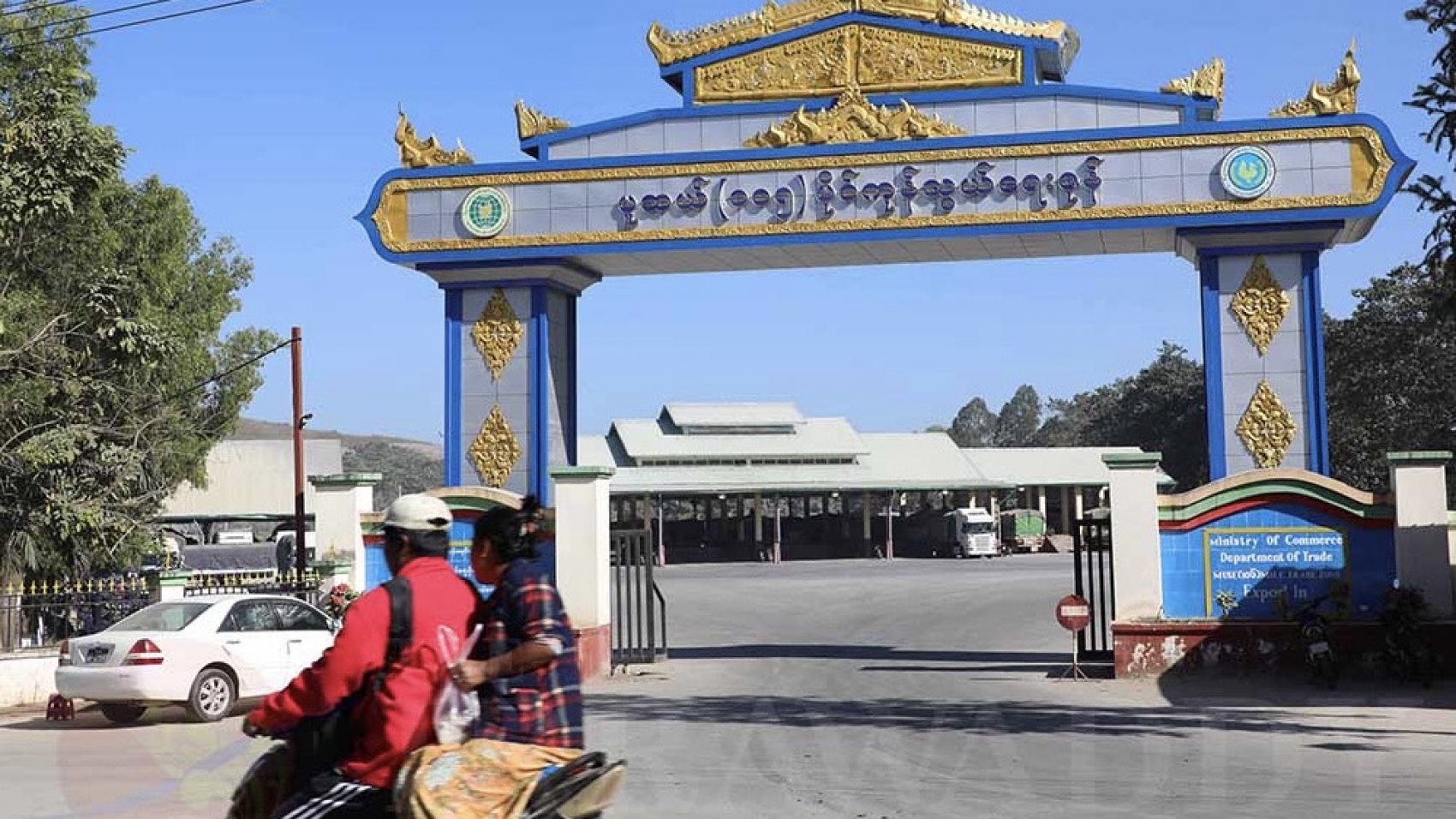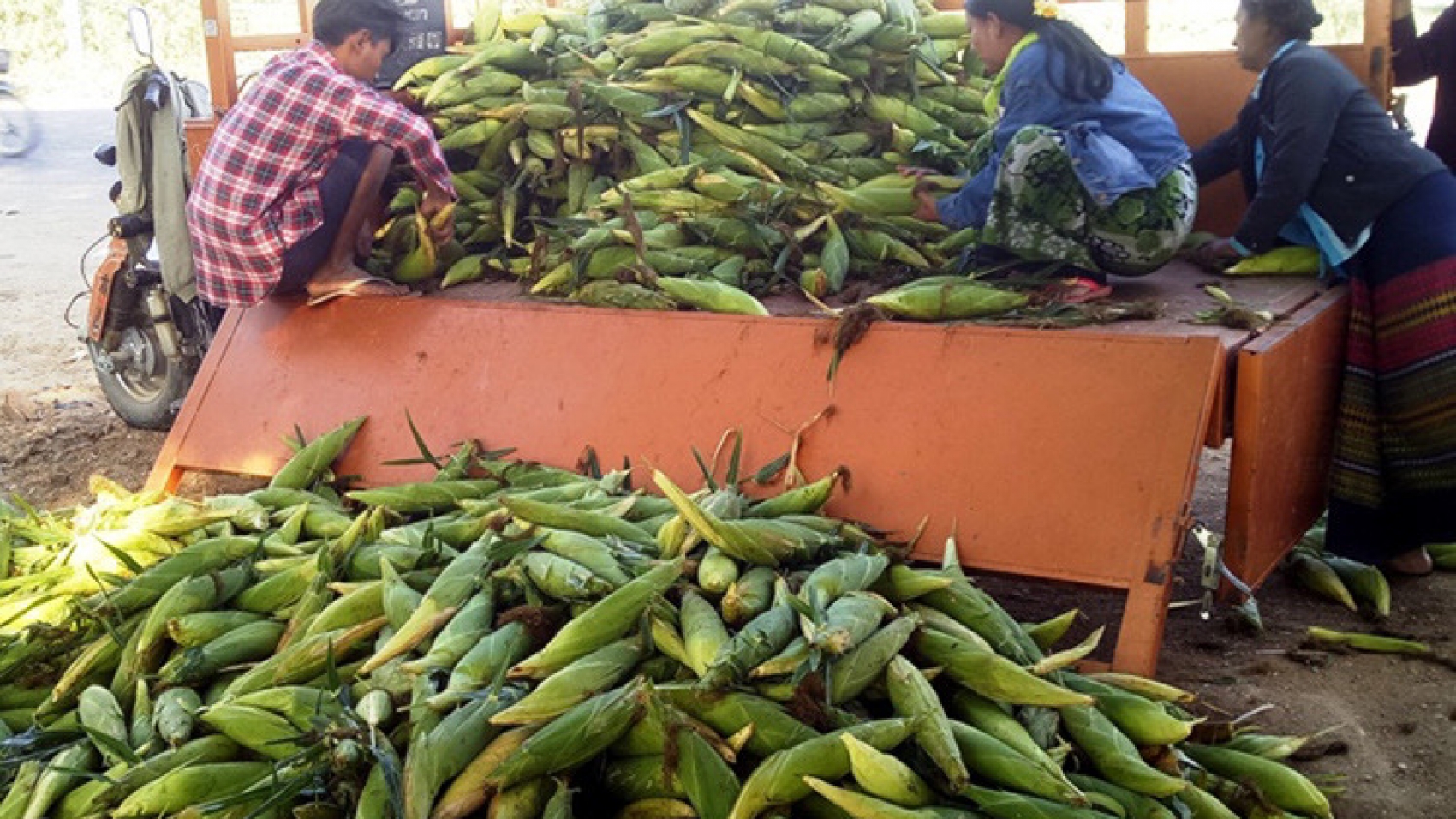Singapore is the top source of foreign direct investments into Myanmar in the first four months of the current financial year 2020-2021, according to the data released by the Directorate of Investment and Company Administration (DICA). Twelve Singapore-listed enterprises brought in US$378.327 million into Myanmar between October 2020 and January 2021. Singapore companies mainly put investments into urban development, real estate, power and manufacturing sectors. China stood as the second-largest investors this FY with an estimated capital of $139.354 million from 10 enterprises, followed by Hong Kong SAR investing $87 million in Myanmar.
Those enterprises listed from Thailand, India, Japan, Malaysia, the Republic of Korea, UK, Viet Nam, Marshall Island and China (Taipei) also made investments this year. Myanmar has attracted foreign direct investments of more than US$672.59 million in Oct-Jan of current FY, including the expansion of capital by existing enterprises and investments in the Special Economic Zones, DICA’s statistics indicated. Of 38 foreign enterprises permitted and endorsed by Myanmar Investment Commission and the respective investment committees between 1 October and 31 January of current FY, 20 enterprises pumped FDI into the manufacturing sector. Power sector received six projects, and livestock and Fisheries sector attracted five projects.
Other service sector drew four projects while the agriculture sector pulled two assignments, and one foreign enterprise entered the hotels and tourism sector. MIC intends to reach the FDI target of $5.8 billion for the current FY2020-2021. Singapore has stood as the largest foreign investor in Myanmar since 2012, pulling in the FDI of $1.85 billion in the FY2019-2020, $2.4 billion in the FY2018-2019, $724.4 million in the mini-budget period (April-September, 2018), $2.16 billion in the 2017-2018FY, $3.8 billion in the 2016-2017FY, $4.25 billion in the2015-2016FY, $4.29 billion in the 2014-2015FY, $2.3 billion in the 2013-2014FY and $418 million in the 2012-2013FY respectively. Additionally, Singapore emerged as the second-largest foreign investor in the Thilawa Special Economic Zone, after top investor Japan.
Source: The Global New Light of Myanmar




